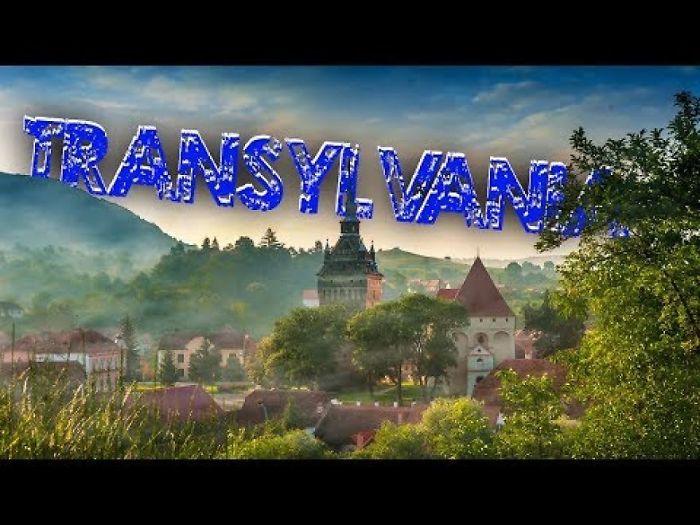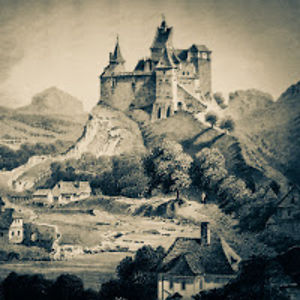
Traveling By Train Through Transylvania – The Wonders Of A 10-Hour Trip. Summer In Eastern Europe
Transylvania is a historical region in today’s central Romania. Bound on the east and south by its natural borders, the Carpathian mountain range, historical Transylvania extended westward to the Apuseni Mountains. The term sometimes encompasses not only Transylvania proper, but also the historical regions of Crișana and Maramureș, and occasionally the Romanian part of Banat.
The region of Transylvania is known for the scenery of its Carpathian landscape and its rich history. It also contains major cities such as Cluj-Napoca, Brașov, Sibiu, and Târgu Mureș.
The Western world commonly associates Transylvania with vampires, due to the influence of Bram Stoker’s novel Dracula and its many film adaptations.
The earliest known reference to Transylvania appears in a Medieval Latin document in 1075 as ultra silvam, meaning “beyond the forest” (ultra meaning “beyond” or “on the far side of” and the accusative case of sylva (sylvam) “woods, forest”). Transylvania, with an alternative Latin prepositional prefix, means “on the other side of the woods.” Hungarian historians claim that the Medieval Latin form Ultrasylvania, later Transylvania, was a direct translation from the Hungarian form Erdő-elve.[4] That also was used as an alternative name in German überwald (13-14th centuries) and Ukrainian Залісся (Zalissia).
The German name Siebenbürgen means “seven castles,” after the seven (ethnic German) Transylvanian Saxons’ cities in the region. This is also the origin of the region’s name in many other languages, such as the Croatian Sedmogradska, the Bulgarian Седмиградско (Sedmigradsko), Polish Siedmiogród and the Ukrainian Семигород (Semyhorod)
The Hungarian form Erdély was first mentioned in the 12th-century Gesta Hungarorum as Erdeuleu (in modern script Erdeüleü) or Erdő-elve. The word Erdő means forest in Hungarian, and the word Elve denotes a region in connection with this, similarly to the Hungarian name for Muntenia (Havas-elve, or land lying ahead of the snow-capped mountains). Erdel, Erdil, Erdelistan, the Turkish equivalents, or the Romanian Ardeal were borrowed from this form as well.
The first known written occurrence of the Romanian name Ardeal appeared in a document in 1432 as Ardeliu.
Watch the amazing video of train crossing travel…
More info: youtube.com



4
1